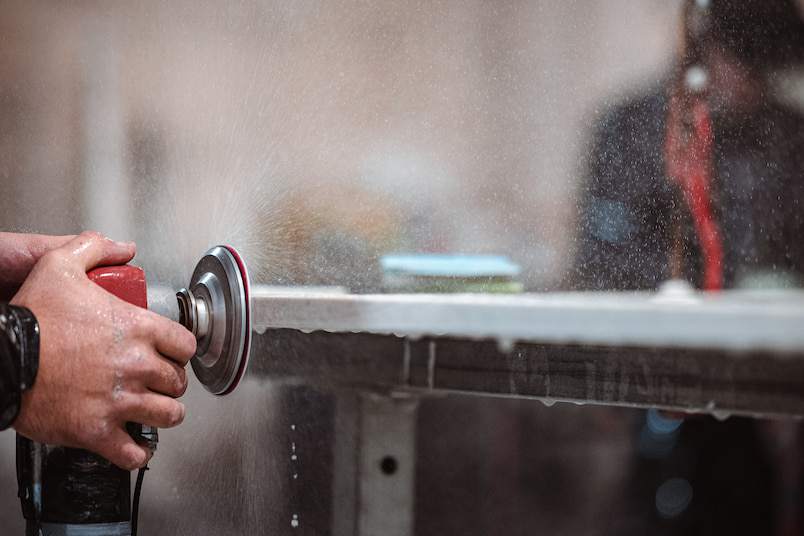Amazing Stoneworks – Aqua Appia
This week I have been mostly looking at Roman Aqueducts. The first, the Aqua Appia was built in 312 BC to provide the populace of Rome up to 75,537 cubic meters of water per day. The amazing thing about this structure is that the majority of it’s length was subterranean and dropped only 10m throughout it’s entirety.
Aqueducts move water through gravity alone and the Aqua Appia, built from stone, brick and the special volcanic element pozzuolona also afforded itself protection by it’s underground construction. During the Samnite wars, the relative height of the source and destination of the river that ran through the Aqua Appia meant that it had to be build underground and thus remained safe.
The aqueduct flows for 16.4 km and was part of the roman initiative to improve the sanitations of their capital city. This, coupled with the indoor plumbing and sewer system made Rome a world leader and provided health benefits that would not be surpassed until modern times.





